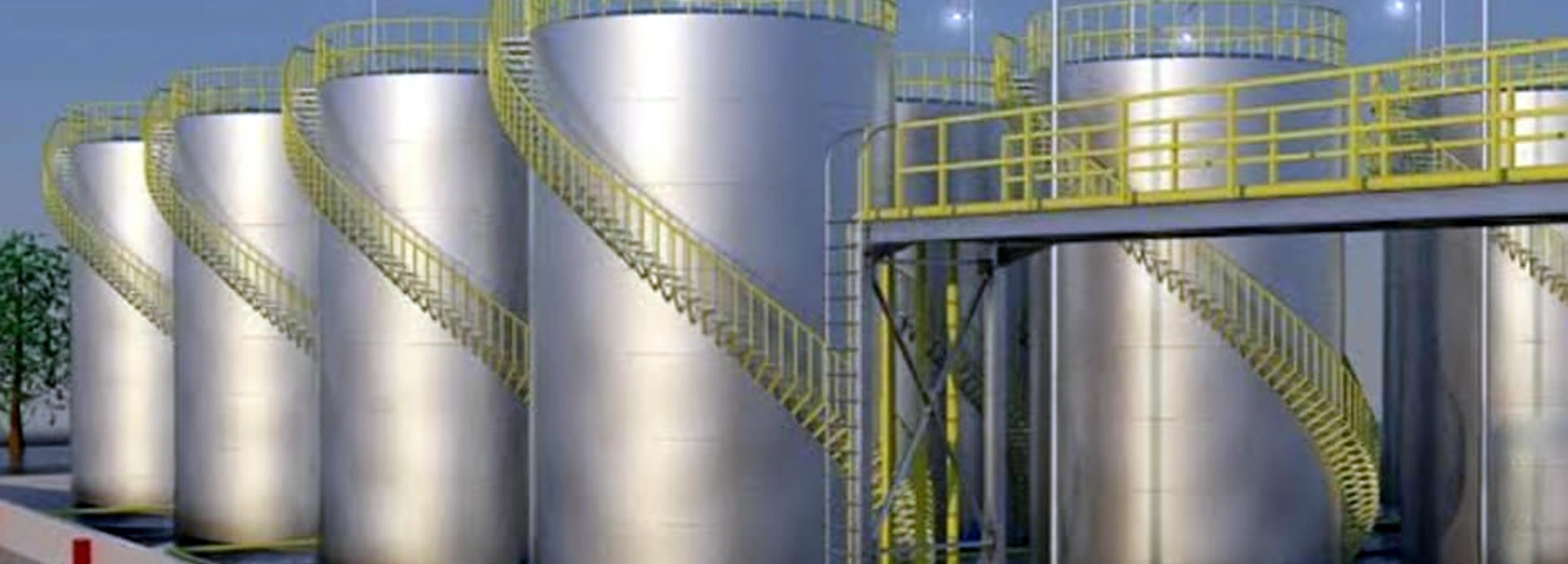Storage Tank Facility
In the oil and gas industry, a storage tank facility plays an integral role in the logistics and distribution of petroleum products. These facilities are designed to store large quantities of crude oil, refined products, and chemicals safely and efficiently.
Types of Storage Tanks:
Fixed Roof Tanks: These tanks have a cone or dome-shaped roof that is permanently attached to the tank shell. They are used for storing liquids with low vapor pressure, such as diesel and fuel oil.
Floating Roof Tanks: These tanks have a floating roof that moves up and down with the liquid level, reducing the vapor space above the liquid. They are used for storing volatile liquids, such as crude oil and gasoline.
Spherical Tanks: These tanks are spherical in shape and are used for storing large quantities of liquefied gases, such as propane and butane.
Crude oil and other petroleum products are received at the facility through pipelines, trucks, or ships and stored in the appropriate tanks based on their properties and requirements. The facility manages inventory levels using sophisticated monitoring systems to ensure adequate supply and prevent overfilling and regular maintenance is also required on the tanks to assure they are in good working condition and comply with safety standards. It is very crucial to keep safety measures, such as fire prevention systems and leak detection systems, in place to protect workers and the environment.
A storage tank facility is a critical infrastructure in the oil and gas industry, ensuring the safe and efficient storage and distribution of petroleum products. By adhering to strict safety and environmental standards, these facilities play a crucial role in supporting the global energy supply chain.


